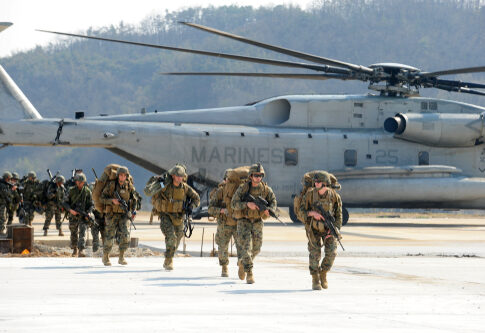The Taliban seized military equipment abandoned by US forces, such as guns and helicopters. Claims of $80-$85 billion in equipment left behind are inaccurate. Since 2001, $83 billion has been spent on Afghan security, but not all of that money has gone toward equipment. Attempting to retrieve equipment is logistically difficult and unlikely.
Military Equipment Loss and Political Reactions
The withdrawal from Afghanistan left the Taliban with significant military equipment worth approximately $7 billion. The Taliban have seized US-supplied assets such as firearms and transportation vehicles. Former President Donald Trump has sharply criticized the outcome, advocating for the return of these military assets.
Attempts to retrieve or disable equipment were made, but the total value or operational status of the seized materials is unknown. Despite multiple estimates, claims of a total equipment value of $80-$85 billion are significantly overstated, including training and infrastructure costs.
Thank you for saying this. Now please put the money where your mouth is.
Trump vows to recover US military equipment from Taliban | Amu TV https://t.co/A27N4wFFBW
— Murtaza Solangi (@murtazasolangi) January 21, 2025
Diplomatic Challenges and Strategic Considerations
The Taliban’s stance remains firm, with the group denying any intention of returning the seized military equipment, creating a difficult diplomatic environment for the US. Some sectors’ calls, including Trump’s proposal to use military force, have been ineffective. According to experts, retrieving such equipment would necessitate significant planning and negotiation.
“To return it, just logistically, he will need to send a team to analyze and verify the equipment that is being discussed. His team will have to secure either some degree of overflight landing or agreements. This will always remain a critical issue, as it has been during the peak of the U.S. involvement in Afghanistan—how you get equipment in and out of Afghanistan.” – Randall
Furthermore, humanitarian concerns complicate the situation because aid distribution must be carefully managed to prevent the Taliban from gaining additional power. These geopolitical dynamics are still evolving as the United States and other international actors formulate strategies.
At a victory rally in Washington, D.C., on Sunday, President-elect Donald Trump pledged to reclaim U.S. military equipment left in Afghanistan under the previous administration.
Addressing a crowd of supporters, Trump criticized the handling of the U.S. military withdrawal,… pic.twitter.com/bGRFPe9QQa
— Amu TV (@AmuTelevision) January 20, 2025
Future Implications and US Policy Directions
The equipment left behind continues to raise strategic concerns. The Trump administration stated that retrieving these assets would strengthen the US military. Experts, however, argue that such actions are unlikely to succeed due to logistical challenges and shifting political relations.
As relations with Afghanistan remain strained, there is ongoing discussion about the possibility of normalizing interactions with the Taliban. This situation is a watershed moment in understanding the role of US foreign policy in addressing not only security threats but also humanitarian and diplomatic responsibilities.
Sources:


